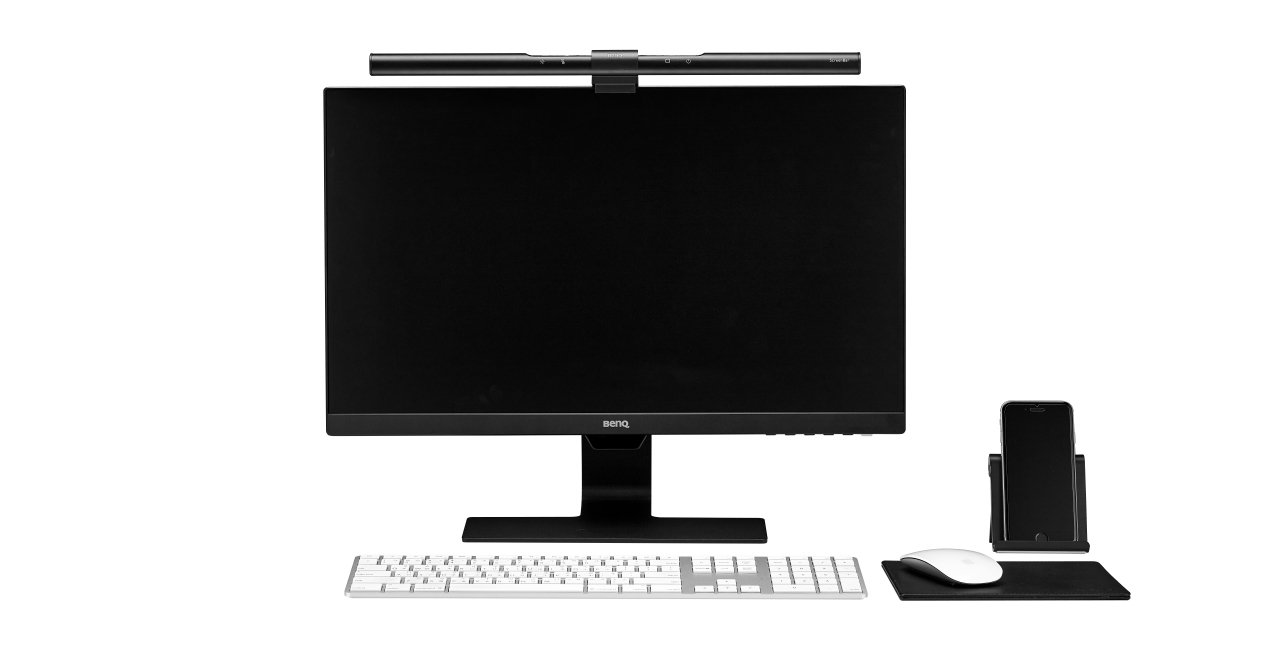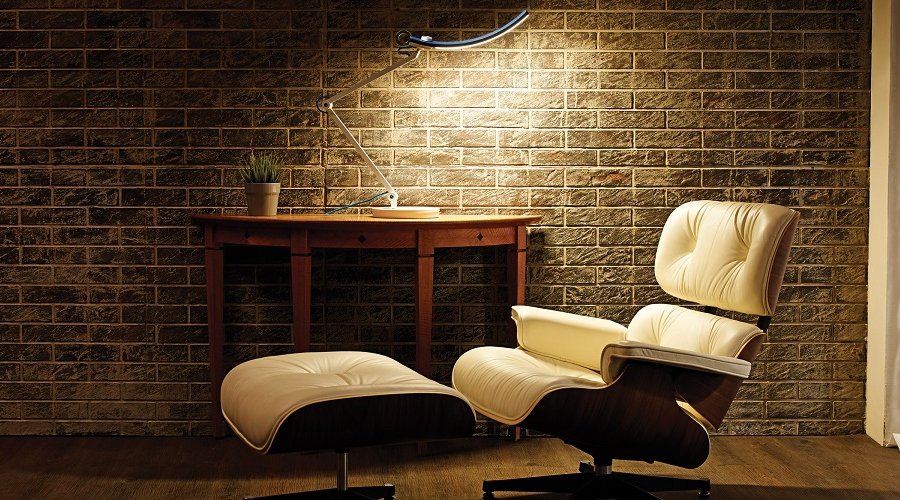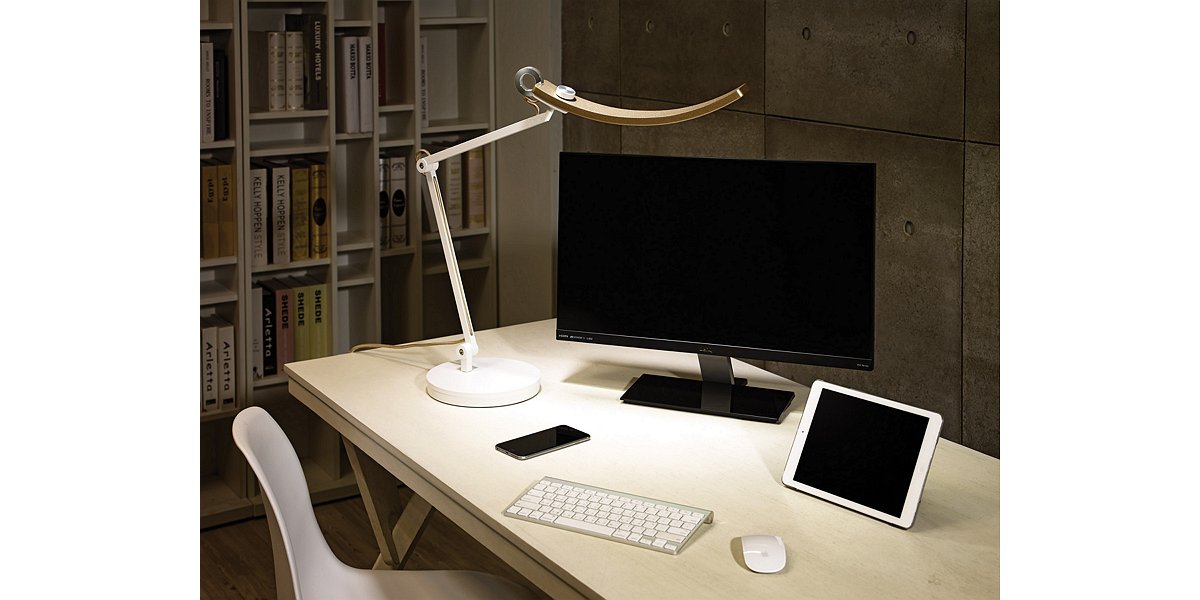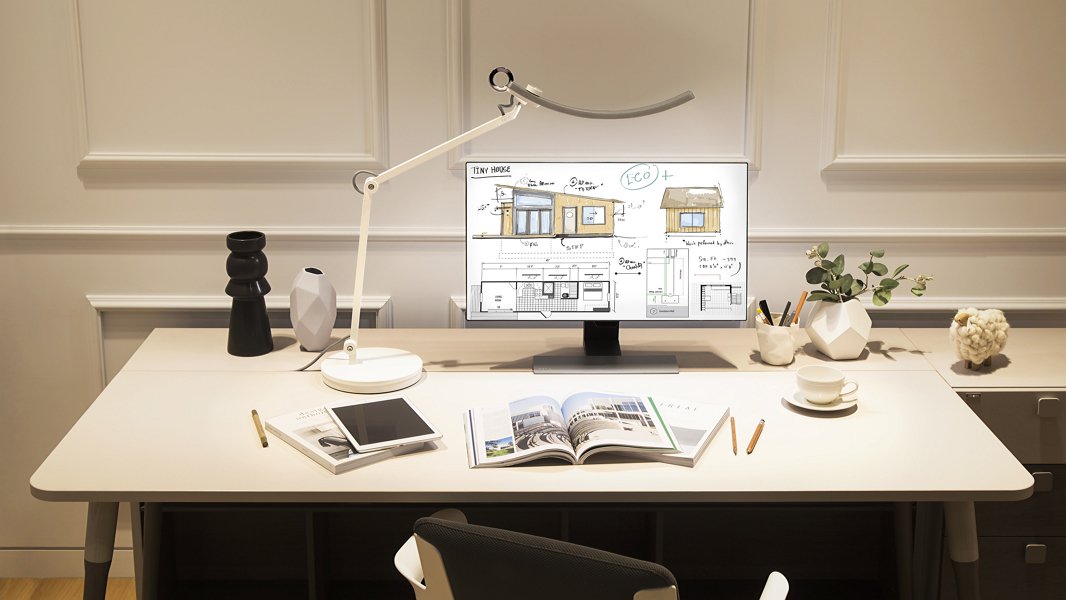Projector
Monitor
Lighting
Digital Display
Job References
This site uses cookies. By continuing to browse the site you are agreeing to our use of cookies, you can also manage preferences.
This site uses cookies. By continuing to browse the site you are agreeing to our use of cookies, you can also manage preferences.
Projector
Monitor
Lighting
Digital Display
Job References
Projector
Monitor
Lighting
Digital Display
Job References
Knowledge Center Support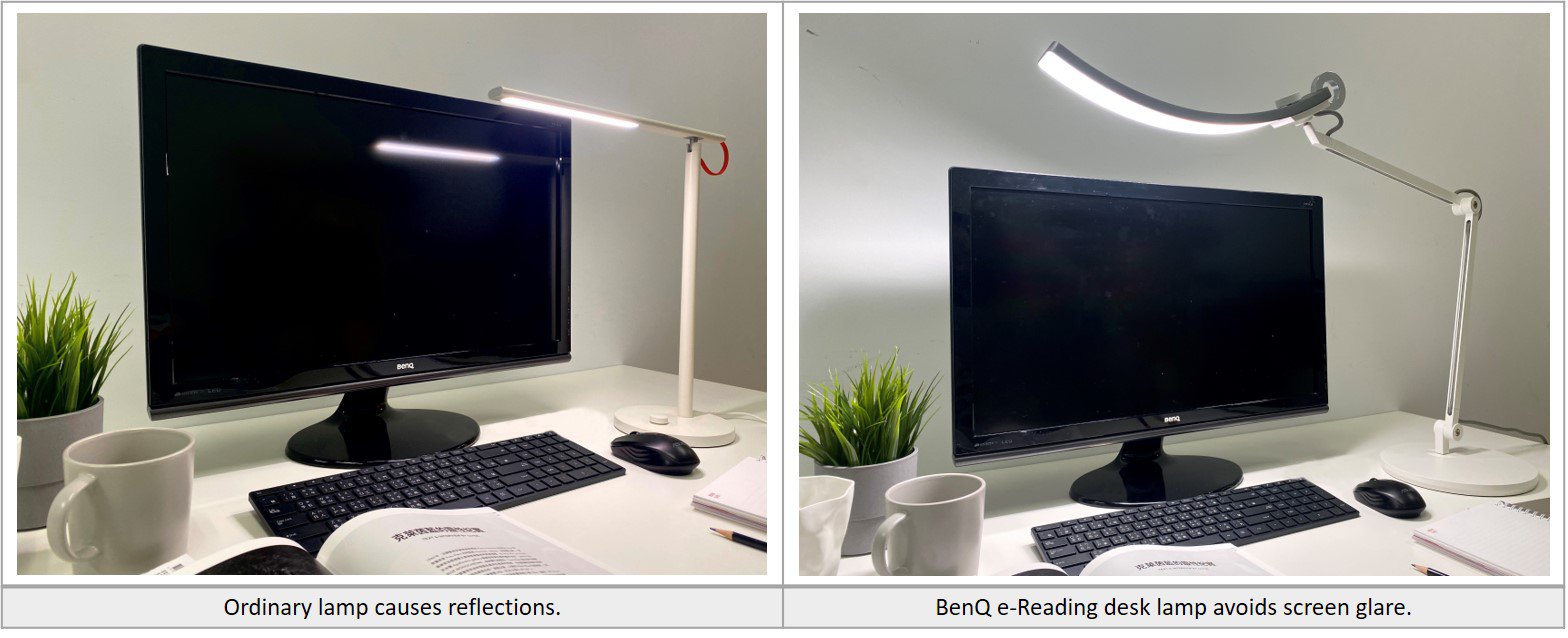
Here is the second article in theThis is the first of three articles in what you need to know if you are going to purchase a perfect desk lamp – and in a few short 3-minute read – you will know what a lumen is and why it is the second most important specification in buying a perfect desk lamp for your home or work office space. series of what you need to know if you are going to purchase a perfect desk lamp – and in a few short three minute read – you will know why the “color rendering index” or CRI is the second most important specification in buying a perfect desk lamp for your home or work office space.
With incandescent bulbs – brightness was always measured in watts. This made it very easy to understand brightness levels – and the light pattern was quite uniform. Sure – there were specialty lights such as halogen – and more industrial lights like fluorescent – but everyone understood the brightness of a 60-watt lamp.
With LED lights – things got more complicated. Lumens became the new measurement that manufacturers use- and the small size of the LED’s enabled new and innovative designs that would be impossible with traditional incandescent lamps. But these designs often didn’t deliver the results that people were expecting – so something had to be done to make it easy to buy the right desk lamp.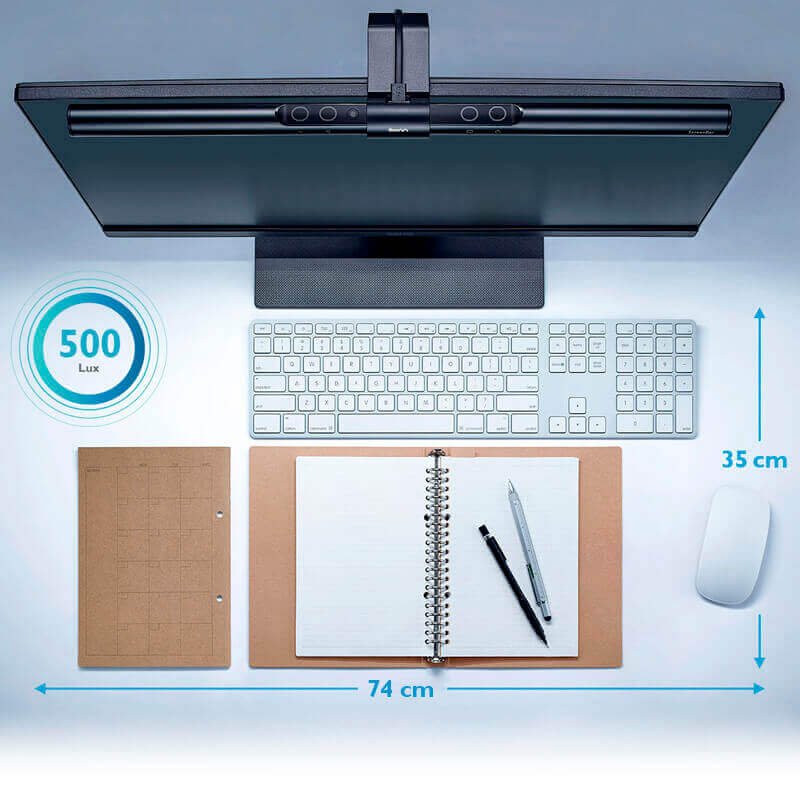
Because unscrupulous companies began advertising “60 W equivalents” on their products that were not the same brightness, the government added “lumens” to the Lighting Facts to enable consumers to see the results of standardized brightness test – and make correct comparisons. But for those who still think in “watts” rather than “lumens” here is your translation guide:
Incadescent Watts |
LED Lumens |
Incadescent Watts 40 watts | LED Lumens 400 lumens |
Incadescent Watts 60 watts | LED Lumens 800 lumens |
Incadescent Watts 75 watts | LED Lumens 1100 lumens |
Incadescent Watts 100 watts | LED Lumens 1600 lumens |
The other component is how the lamp distributes the light. Again, for incandescents – the light usually went everywhere. But with LED’s a good designer can create a custom shape without too much difficulty to make the light work harder. For example, the BenQ ScreenBar desk lamp sits above the monitor and creates a light pattern that looks like a sideways “D,” which directs the light onto the desk – but not on the monitor.
The technical measurement for this is called “lux,” where the brightness is measured in the center at a specific height. In the example above, the ScreenBar is measured at 320 lumens (a little less than a traditional 40-watt bulb) but because it focuses its light around the desk area and not the monitor – it is quite bright on the desk – measuring 1000 lux from 45 cm high. The BenQ e-Reading lamp is designed to cover a larger desk area (while still avoiding the monitor), so it has a more rectangular light footprint and a curved head that enables a larger area of the desk to be well lit. For this lamp, it generates 900 lumens (over 60-watt equivalent) with 1300 lux in the center – demonstrating that it is re-allocating light into the other areas of the desk rather than in the center.Some of the most iconic desk light designs are beautiful to look at – provided you are not using a computer. With a traditional light such as the Artemide Tolomeo, there is a round light footprint that will create monitor glare unless it is positioned below the monitor. Other popular lights, such as the Z-Bar and low-cost desk lamps, have similar footprints. However, the new LED lamps from BenQ have special optics designed specifically for desks with monitors and notebooks so that they light up your desk area workspace – but not your monitor.
Imagine a desk lamp that can sense how much light is coming through your windows – and adjust automatically to ensure that you get exactly the right amount of light on your desk – not too much - and not too little. The new BenQ ScreenBar and e-Reading lamps have a built-in sensor – and just a simple tap keeps it adjusting the brightness throughout the day to deliver 500 lux to your desk – whether it is coming from the window or the desk lamp.
If you are looking at desk lamps for your home or work office space – be sure and check out the BenQ ScreenBar desk lamp with its innovative design that rests above your monitor. Check out this review to see if it is a right fit for you.
For a more traditional desk lamp design – the BenQ e-Reading lamp is one of the fastest-growing desk lamps in North America. With its innovative head that keeps light off the monitor and on your desk – it covers over 30% more space than a typical desk light – and has a CRI of over 90. Click here to see which one is right for you.Thanks for your feedback!
